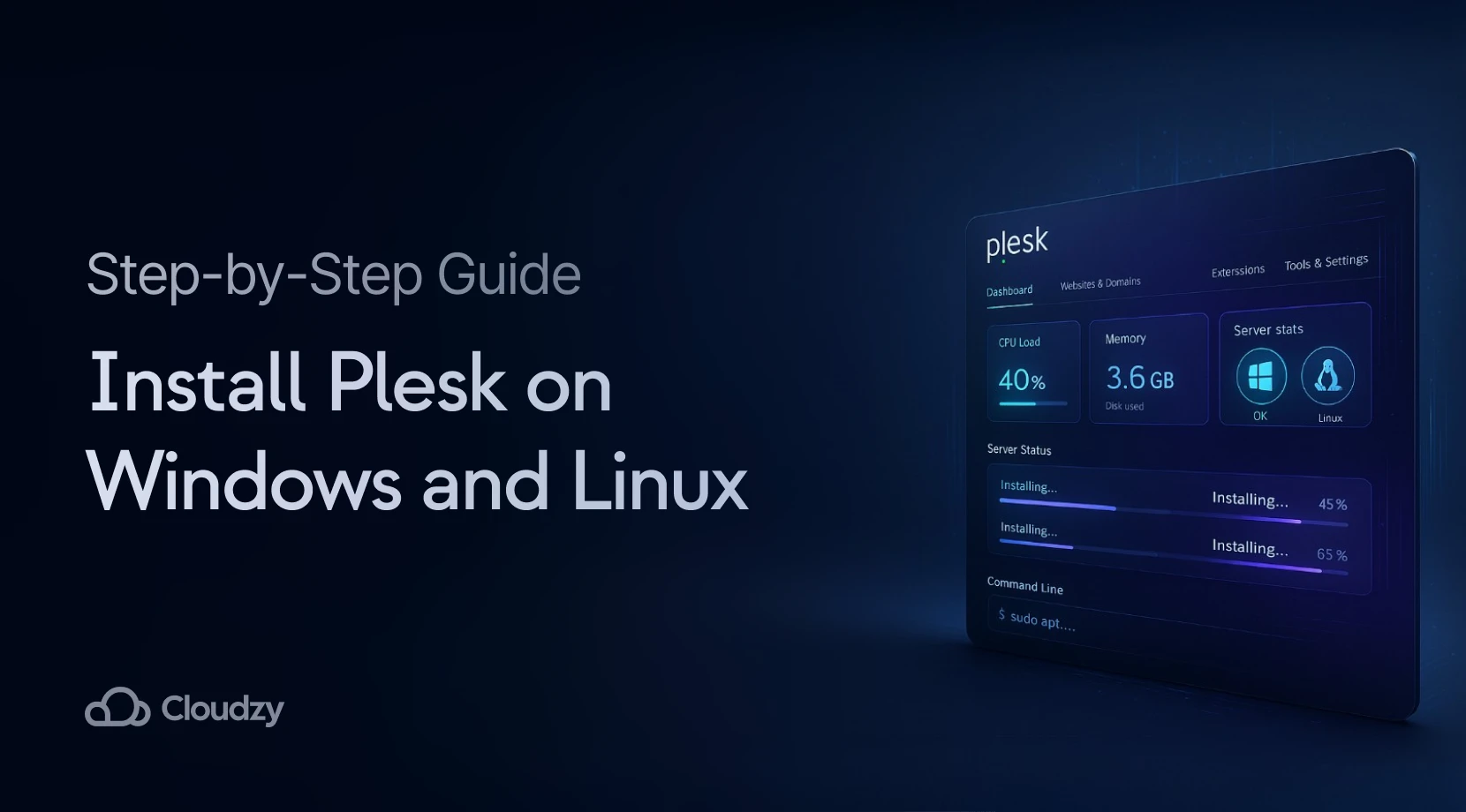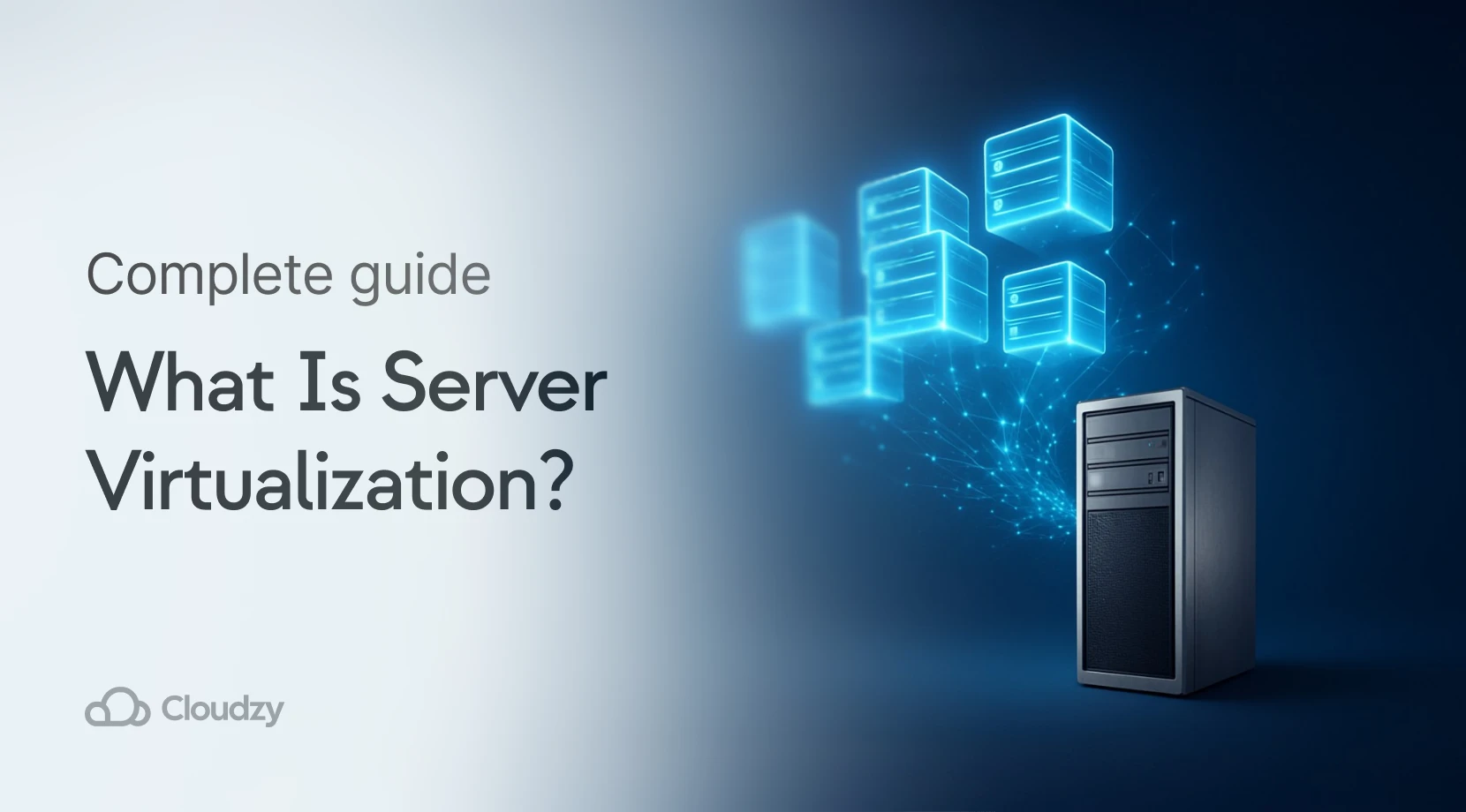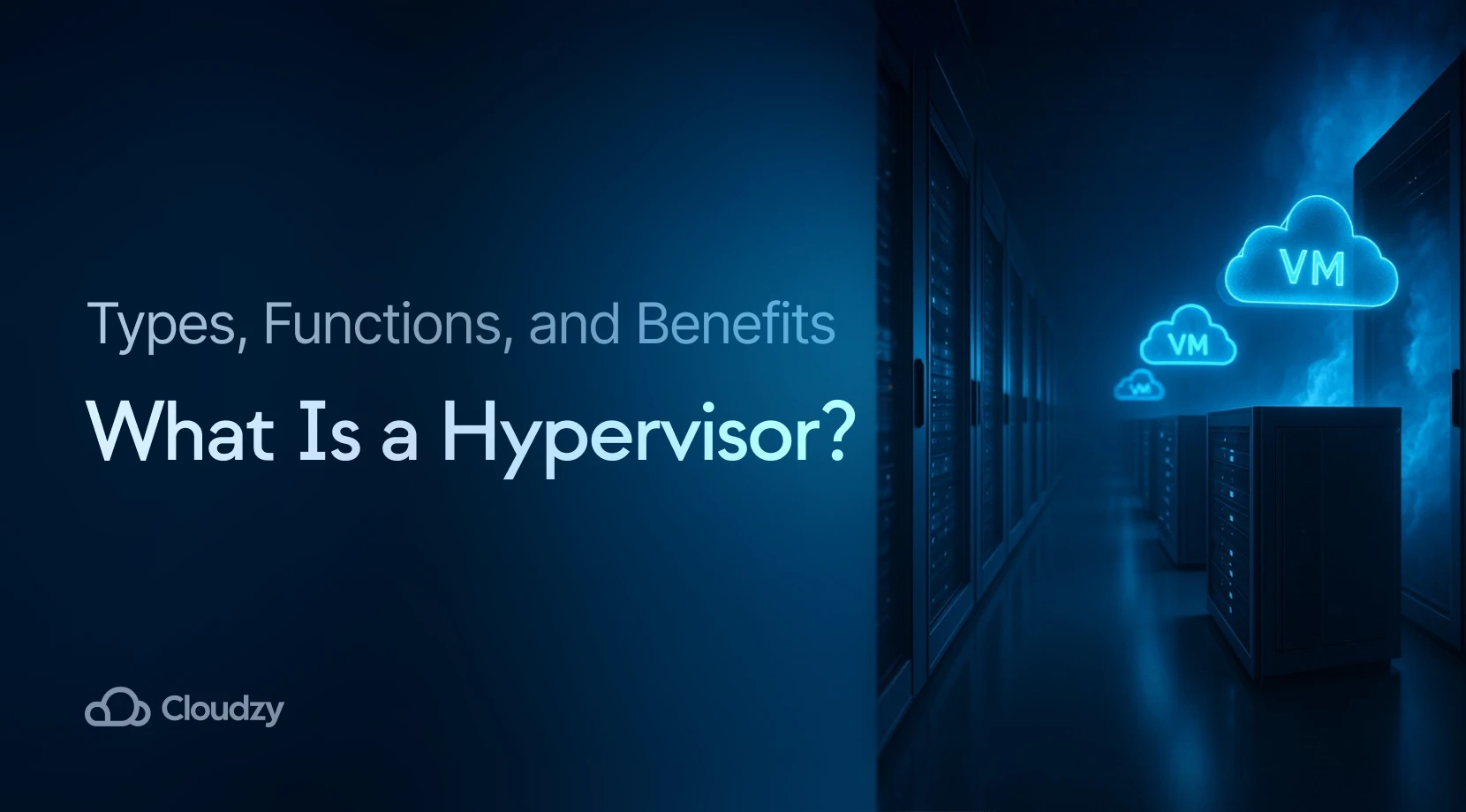Cloud security architecture is at the heart of protecting data, applications, and critical operations in 2025. This article provides a clear guide, including everything from the fundamentals of cloud computing security architecture to tips on obtaining cloud security architecture certification. It will explore real-life examples, practical tips, and step-by-step assessments.
Why is Cloud Security Architecture Important?
Cloud security architecture plays a central role in safeguarding digital operations. Think of it as the blueprint that defines how your cloud environment defends against data breaches and potential system interruptions. Here are some key points:
- Shared Responsibility Model
Cloud providers (like AWS, Azure, GCP) secure the infrastructure, while customers are responsible for data, identity, and application security. - Misconfiguration Risks
Cloud misconfigurations account for two-thirds of cloud breaches. A well-planned cloud security architecture in cloud computing makes it possible to detect those missteps early. - Compliance Requirements
The architecture must be compatible with frameworks like PCI-DSS, HIPAA, GDPR, and SOC 2. This ensures thorough logging, monitoring, and alerting at infrastructure, application, and identity layers. This is especially important because over 80% of cloud breaches are linked to poor visibility. - Controlling Access and Visibility
Cloud security architecture is not about generic “protection.” It’s about controlling access, gaining complete system visibility, and mitigating risks across dynamic environments. This structured approach directly defines how your system avoids chaos in a time of constant digital threats.
What are Cloud Security Architecture Threats?
Even the best cloud security architecture faces challenges. Below is a more detailed look at these threats, considering the layers of Infrastructure-as-a-Service (IaaS), Platform-as-a-Service (PaaS), and Software-as-a-Service (SaaS).
IaaS Threats
- Availability Attacks (DoS or DDoS): Flooding cloud-hosted VMs or virtual networks can render services inaccessible.
- Privilege Escalation: Attackers exploit misconfigured IAM or over-permissioned tokens.
- Insecure Interfaces: APIs without proper input validation or access controls open doors to attacks.
- Malicious VM Images: Tainted public images used in automated deployments compromise workloads from the start.
PaaS Threats
- Vulnerabilities in Application Frameworks: Unpatched runtime engines (Node.js, Python Flask) can expose apps to attacks.
- Compromised CI/CD Pipelines: Attackers manipulate build processes to inject malware.
- Broken Authorization in Services: Multi-tenant PaaS setups where a weak policy leaks data between users.
SaaS Threats
- Weak Access Control: Default password reuse or unmonitored admin accounts pose serious risks.
- Data Residency Risks: Lack of clarity on where customer data is processed or stored.
- Zero-Day Exploits: Especially in older, self-managed SaaS platforms.
- Shadow IT: Employees use unsanctioned SaaS tools without security team visibility.
Insecure APIs
APIs serve as conduits for data, but if not properly secured, they can be exploited by cyber attackers. This highlights the importance of security assessments and strong access controls built into your cloud security reference architecture.
Insider Threats
Not all risks come from outside. Employees or cloud administrators with unnecessary privileges can inadvertently create vulnerabilities. Following the principles behind what is a security architecture helps curb these risks.
Advanced Persistent Threats (APTs) and Malware
Attackers launch sophisticated, targeted assaults aimed at infiltrating cloud infrastructures, affecting performance and availability.
Denial-of-Service (DoS) Attacks
Flooding a system with requests might render services inaccessible. Multi-cloud security architecture strategies often incorporate protective mechanisms to divert excessive traffic away from critical workloads.
Each of these threats emphasizes the need for continuous monitoring, strong processes around what is a security architecture, and a layered defense that evolves to meet new challenges.
How to Assess Your Cloud Security Architecture
Before diving into new implementations, assessing your current cloud security architecture is an absolute must. Picture this process as a detailed health check-up that scrutinizes each element of your cloud environment. Below are the recommended steps:
- Security Audits and Penetration Testing
-
-
- Regular audits reveal misconfigurations, expired certificates, and unnecessary open ports.
- Penetration tests (or red team exercises) specifically target cloud-specific surfaces like S3 bucket policies, Kubernetes settings, or serverless configurations.
- Think of these audits as a fitness evaluation for your cloud computing security architecture that keeps you ahead of potential issues.
-
- Asset Inventory
-
-
- Use tools like Cloud Security Posture Management (CSPM) platforms (e.g., Prisma Cloud or Trend Micro Cloud One) to identify exposed assets or public storage buckets.
-
- Vulnerability Scanning
-
- Deploy tools such as Qualys, Nessus, or OpenVAS to scan VMs, containers, and databases for known vulnerabilities (CVEs).
- These scans help security teams gauge threat levels accurately and offer real-time feedback on evolving risks.
-
- Access Control Audit
-
- Check for unused access keys, roles with “*” permissions, and enforce MFA on root/admin users.
- Review Identity and Access Management (IAM) policies across accounts.
- This approach supports the principles behind what is a security architecture, limiting insider threats.
-
- Logging and Monitoring
-
- Structure logging at infrastructure, application, and identity layers using AWS CloudTrail, Azure Monitor, or GCP Operations Suite.
- Feed logs into a SIEM (e.g., Splunk, LogRhythm) to detect unusual patterns early.
-
- Compliance Checks
- Align with industry standards (like PCI-DSS, HIPAA, GDPR, or ISO/IEC 27001) and map these requirements to your cloud security architecture.
- Tools like CloudCheckr or Lacework track configurations against frameworks such as SOC 2 or other regulatory benchmarks.
- Simulation Drills
- Conduct drills (like DoS attack simulations) to observe how your infrastructure holds up under stress.
- Performance in these scenarios indicates the true maturity of your cloud security architecture in cloud computing.
By systematically assessing your configuration, you can pinpoint weak spots and plan where to invest in training or upgrades.
The Importance of Cloud Computing Security Architecture
Cloud computing security architecture is key to laying a strong foundation for digital operations. It goes beyond preventing unauthorized access, as it also protects data, preserves system integrity, and supports smooth day-to-day processes.
- Scalability and Flexibility: As businesses grow, cloud security architecture adapts, offering scalability across multiple services. This adaptability guarantees that different platforms work together smoothly, especially in a multi-cloud security architecture.
- Cost Savings: A reliable framework reduces the likelihood of breaches, saving on recovery efforts, legal fees, and reputational damage.
- Improved Visibility and Control: Integrated monitoring systems give security teams a clear view of cloud activities. This visibility helps organizations respond rapidly to suspicious behavior.
- Support for Certifications: Many organizations aim for recognized standards. Pursuing a cloud security architecture certification demonstrates compliance and builds trust with clients and partners. Regularly referencing what is a security architecture can refine processes and encourage continuous improvement.
Key Elements of a Cloud Security Architecture
A reliable cloud security architecture is built on several key elements; think of them as the building blocks of a secure cloud framework:
Layered Defense
- Each layer, from network encryption to application access control, adds an extra barrier to potential threats.
- The layered approach makes it harder for breaches to penetrate deeper into the system.
Centralized Management
- Consolidating security management via a dashboard helps security teams monitor threats and apply patches rapidly.
- This unification is integral for strong risk management.
Redundancy and High Availability
- Redundancy guarantees that your cloud infrastructure remains operational even if one component fails.
- Using multiple data centers, for instance, keeps services online if one location experiences an outage.
Encryption Protocols
- Encrypting data at rest and in transit protects sensitive information.
- Protocols like AES-256 for storage (EBS, GCS, Azure Disks) and TLS 1.2+ for network traffic bolster cloud security architecture.
Access Controls and Identity Management
- Implementing strict controls on user access lowers the chance of insider threats.
- Multi-factor authentication and role-based access reduce exposure across various levels.
Compliance and Auditing
- Regular audits and compliance checks help maintain a cloud security reference architecture that aligns with industry and legal requirements.
- Mapping tools track configurations to make certain of ongoing adherence to frameworks like HIPAA or SOC 2.
Automation and Monitoring
- Automated security tools minimize manual oversight.
- Continuous monitoring helps detect anomalies at an early stage, allowing swift corrective actions.
Data Loss Prevention (DLP)
- Solutions like GCP’s DLP API or Microsoft Purview can identify and classify sensitive data.
- Cloud-native CASBs enforce inline policies to prevent data exfiltration.
Types of Cloud Security Architectures
Cloud security architecture is not one-size-fits-all; it evolves to fit specific deployment models. Here’s a look at various architectures and how they differ:
IaaS Cloud Security Architecture
- Definition of IaaS Cloud Security Architecture: In Infrastructure-as-a-Service, the provider secures physical infrastructure; the client handles OS, data, and applications.
- Key Components: Endpoint protection, encryption for data in transit, and IAM solutions.
- Example: A company using AWS EC2 implements its own security policies for the OS and applications while relying on AWS for physical server security.
PaaS Cloud Security Architecture
- Definition ofPaaS Cloud Security Architecture: In Platform-as-a-Service, the client focuses on application security while the provider handles OS and middleware.
- Key Components: Application security measures, encryption, Cloud Access Security Brokers (CASBs).
- Example: Developers building custom apps in Azure App Service layer in strong API gateways and regular patching for the underlying platform.
SaaS Cloud Security Architecture
- Definition of SaaS Cloud Security Architecture: In Software-as-a-Service, the provider is responsible for software security while the client manages access and data usage.
- Key Components: Strong identity verification, secure interfaces, regular vulnerability monitoring, and all of this and more are done through a reliable SSPM.
- Example: A CRM platform like Salesforce implements extensive admin controls and multi-factor authentication for all users.
Multi-Cloud Security Architecture
- Definition of Multi-cloud security architecture: spans multiple cloud providers under a unified security approach.
- Key Components: Unified monitoring tools, consistent policy enforcement, cross-platform integration tests to catch drift.
- Example: An enterprise using AWS for storage and Azure for computing aligns security protocols across both to maintain consistency.
Cloud Security Architecture Certification
- Definitionof of Cloud Security Architecture Certification: A way to validate that your security framework meets recognized industry benchmarks.
- Key Components: Third-party audits, compliance checklists, ongoing training, and evaluations.
- Example: Achieving a cloud security architecture certification like CCSP or AWS Security Specialty involves strict adherence to governance, IAM, encryption best practices, and incident response protocols.
All of these security architectures require reliable and powerful cybersecurity software and since there are many, many services in this industry, here’s our professional take on the best cybersecurity software.
Want a high-performance Cloud VPS? Get yours today and only pay for what you use with Cloudzy!
Get Started HereFinal Thoughts
A thoughtfully crafted cloud security architecture guides businesses toward safeguarding critical data and guaranteeing smooth operations. Everything from structured compliance checks to hands-on risk management is a step taken to mold a safer cloud environment. This journey demands thorough planning, continuous monitoring, and a willingness to adapt to emerging challenges.
By integrating additional real-world practices, like detailed vulnerability scans, strict access control audits, and platform-specific threat evaluations, organizations solidify their foundation and stay poised to face evolving threats. A reliable cloud security architecture is not just a collection of tools; it’s a living framework that grows with your operational demands.




One Response
The breakdown of the shared responsibility model is especially helpful—it’s an area that’s often overlooked or misunderstood. Recognizing that data, identity, and app-level security fall on the customer is key to avoiding critical gaps in protection.